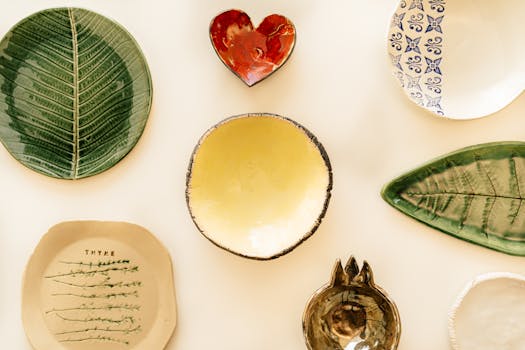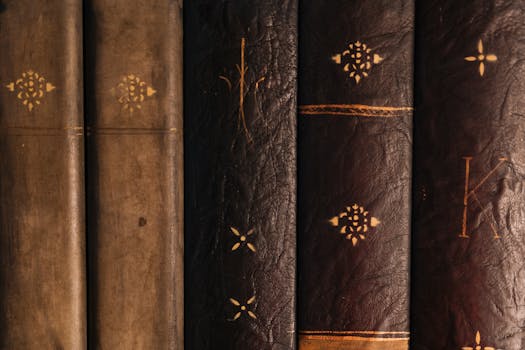
The Power of Textures in Design

Enhancing your personal style and home decor is all about incorporating various textures. Each texture introduces a unique character, allowing you to create depth within your spaces. Think about the differences between a soft woolen blanket and a sleek leather sofa. Combined, these contrasting textures add visual interest!
Textures can also evoke different feelings and can influence the ambiance in a room. For example, geometrically patterned linen curtains can uplift a stark-looking room filled with polished wood furniture, creating harmony between comfort and sophistication.
The Role of Patterns in Fashion and Decor

Just like textures, patterns serve a critical role in design and fashion. Patterns can entirely transform the vibe of an outfit or a living space and can come in various formats—stripes, florals, dots, or abstract designs.
When planning outfits, settling for a singular pattern can leave your attire seem flat. By including patterned clothes alongside textured pieces—like a floral shirt beneath a denim jacket—you not only style your clothing more dynamically but you’re also exploring a delightful mix of aesthetics that reflects your uniqueness.
Mixing Patterns: Key Tips

To expertly mix patterns, the foundation hinges on understanding balance. One helpful tactic is to work within a consistent color palette, maintaining a cohesive look. Choose one feature color and let the complementary colors in each pattern interact. You might pair checked trousers with floral tops, ensuring both share at least one prominent color.
It’s also advisable to vary the scale of your patterns for visual dimension—utilize one bold pattern as a statement piece alongside subtler designs to keep things engaging without overwhelming the viewer. Think chunky stripes against fine polka dots—splendidly different yet beautiful when deliberately placed together.
Blending Textures: Tips for a Dynamic Space

Just as with patterns, juxtaposing multiple textures contributes significantly to a room. Layer textiles like adding faux fur cushions to a cotton sofa, or wooden sculpture as an accent on a metal table. Initiative textures such as silk curtains or a chunky knit throw encourage mixed fabric elements, which facilitate warmth and character.
In cases where floor coverings impose aesthetic limitations, consider contrasting wood floors with a distinctly plush area rug to bridge tactile differences tote simplify. Let natural elements—woven baskets and live plants—interact with harder surfaces to ground your space and relay a serene elegance to everyday lives.
Practical Examples to Inspire Your Designs

Once you’ve gathered inspiration, practical applications cultivate the lesson potential! For outfits—a plaid blazer might rest effortlessly over a striped shirt with classic dark jeans affirming the outfit’s classic appeal while embodying eclectic urges. Bringing variations in both edges amplifies your creativity safely.
For home decor, consider inclined hues commodities—a velvet green cushion can add sophistication when sat over flamboyant hammocks made with canvas. This interplay combats obscure norms while embracing celestial textile paths—the world of style revolves as a dynamic format relishing oppositions; make choices recognizing flux by threading diversity.






